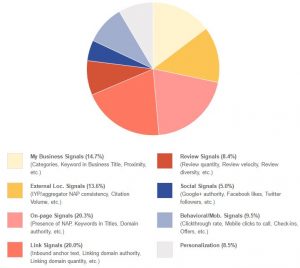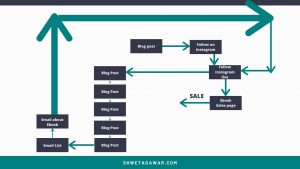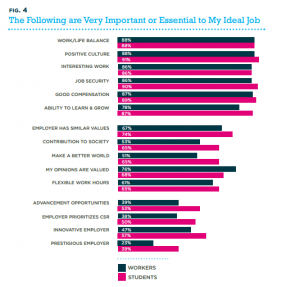— December 12, 2018

TeroVesalainen / Pixabay
It’s time to face the (holiday) music. Unless you work in the retail industry, your website is bound to experience a dip in traffic during this time of year. Through the end of December, your audience will likely be prioritizing family, friends, food, and fun. And who could blame them?
But this slow season gives you the perfect opportunity to take a step back, analyze some metrics, and plan out your 2019 content strategy. Here are some tips on how to use this time to set the right New Year’s resolution for your website.
Evaluate your data
In order to keep improving your website year after year, you need to understand what has — and hasn’t — worked in the past. And you’re in luck: Now’s the perfect time to do a deep-dive analysis into your website data, and to benchmark your 2018 performance to set 2019 goals (more on that later). Leverage your analytics tech stack to answer the following types of questions:
- Which pages on your site are receiving the most views?
- Which content is earning you the highest conversions? And what’s the conversion path?
- Which channels (i.e., search, social) are bringing in the most traffic?
- What percentage of your new visitors are turning into return visitors?
Once you can get your hands on this data, it’s time to pull some learnings from your findings. Ask yourself why a specific page may be performing particularly well or poorly — and see if you can find any overarching patterns. For instance, you may find that a certain content type or content targeted toward a specific audience segment consistently performs well.
Conduct competitor research
The slow holiday season can also be the perfect time to look into what your competitors have been up to this last year. Spend some time poking around their websites and social channels to see the types of:
- Content they’ve been producing
- Feedback they’ve been getting from customers
- New products and services they’ve been launching (and how those have been positioned and presented on their website)
- Marketing initiatives they’ve been pushing out on digital channels
You could even consider using third-party services like SpyFu to get some directional indication of the keywords your competitors’ sites are optimized for organically — and which terms these companies bid on for paid search.
After conducting all this research, go through your notes to see if it may be time to adjust your strategy accordingly. For instance, you may find that your top competitor creates really engaging customer videos or has a powerful influencer marketing initiative in place. In these scenarios, you may want to consider allocating some of your 2019 budget to set up these types of programs.
Establish specific goals
Now that you have a good sense of the type of content that has performed well for both your company and your competitors, you can establish a New Year’s resolution for your website. Leverage the benchmark data from last year to set quantitative goals for this year using the well-known S.M.A.R.T. methodology. All of your goals should be:
- Specific
- Measurable
- Attainable
- Relevant
- Timely
During the process of establishing your goals, be sure to think about factors such as the departments involved, the budget with which you’ve been allotted, and how your team’s goals fit into the previously established objectives for your organization as a whole.
Develop an action plan
Once you’ve nailed down your website resolutions, it’s time to think about the who, what, when, where, and why. The timeline will be crucial here, as your team will obviously need to balance these objectives with their other priorities throughout the year.
Start by thinking about which tasks will take more time to complete, such as a huge blog revamp. Set a desired deadline for these projects and work backward to come up with intermittent tasks and due dates. If possible, try to build out a content calendar for the year to ensure everyone is aligned. This calendar could track everything from scheduled blogs to press releases to social campaigns.
For the easier, less time-intensive projects, you may be able to make a lot of progress before the year even ends. This could be the perfect time to focus on cleaning up your older pages, adjusting your tagging structure, or similar housekeeping-type projects.
This holiday season, try not to fret too much about the inevitable drop in traffic you will experience. Instead, use this time to your advantage — and plan out a detailed content and website strategy for next year.
Digital & Social Articles on Business 2 Community
(28)








